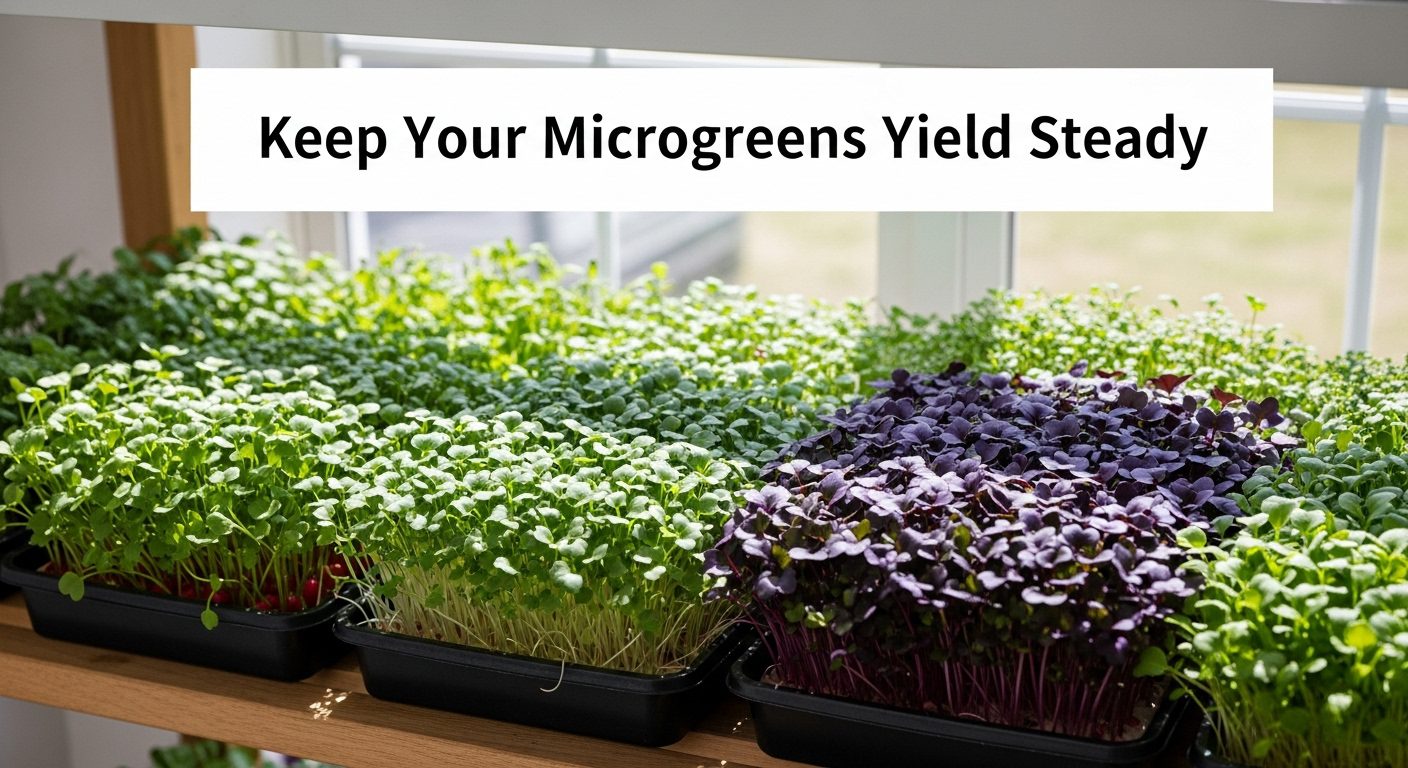

Imagine every piece of wood has a story and, potentially, a second chance at life. Will it end up locked away in a landfill or reborn into something new and exciting? That’s where I come in to unravel the amazing journey of wood recycling.
You see, it’s not just about throwing old wood into a bin; it’s about giving that wood another shot at usefulness while taking care of our beautiful planet. Intrigued? Keep reading to find some eye-opening tidbits on how recycled wood is changing the game for green living!
Wood recycling breathes new life into old timbers, transforming yesterday’s structures into tomorrow’s eco-friendly materials. It’s all about taking used wood and making it ready for another round – whether that means shaping it into new furniture or using it in sustainable building projects. By doing so, we reduce the environmental impact of waste and support circular economy practices that help keep our forests lush and full of life.
When I talk about wood recycling, an important part is knowing the grades of recycled wood. You see, not all recycled wood is the same. There are different types of “grades,” and each one has a different use.
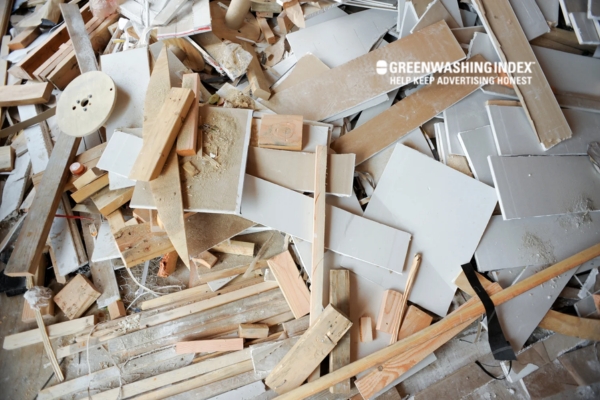
Now, let’s dig into these wood grades and what they mean.
Grade A – This is the top-quality stuff. It usually comes from places like old furniture or construction sites where they haven’t painted or treated the wood with chemicals. It’s clean and doesn’t have any metal bits like nails in it.
Grade B – This grade includes woods that have a bit more going on than grade A. They might have some paint or varnish on them, but not too much. They can come from things like floors or decking.
Grade C – Now we’re looking at woods that have seen better days. Grade C has all sorts of things mixed in, like woods with lots of paint, treated timbers (like railway sleepers), or even some metal parts still left over.
Each grade can be used for different things:
So, when you think about wood recycling, remember that the quality really counts and determines how it can be reborn into something new!
Also Read: DIY Composting Toilet Guide: Build Cheap, Eco-Friendly Now!
Wood recycling is a journey we all can embark on. It’s about turning old wood into something new and helpful again. I want to share some simple steps to get your wood ready for this path.
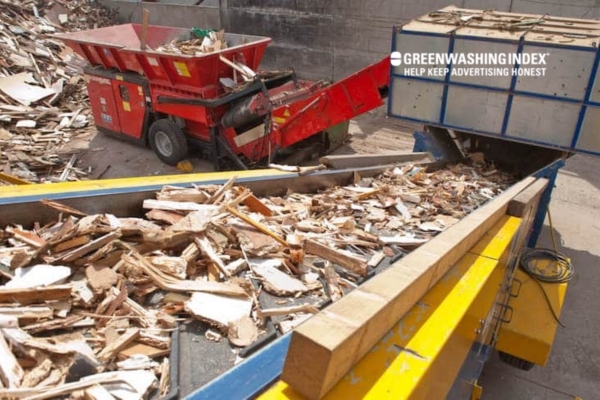
Before you send off your wood to be born anew, there are things you must do:
These steps will make sure your wood gets recycled without any hitches.
Finding a place that takes in recycled wood isn’t tricky:
When reaching out, always ask what kinds of woods they accept and if there are any preparation steps I haven’t mentioned here.
Remember: Taking small steps towards recycling helps us all by keeping our forests green and our earth clean!
Through each stage of this process—from keeping things tidy at collection points all the way to selling those high-quality reclaimed materials—we see some thorough work taking place right before our very eyes: it’s literally giving old trees a second chance!
Also Read: Paint Recycling: The Ultimate Guide to Responsible Disposal
When I think about wood recycling, I see a door to endless creativity. Every piece of recycled wood holds stories and history. It is both eco-friendly material that whispers of the past and promises for the future. I find joy in discovering how recycled wood can be reborn into something stunning and useful.
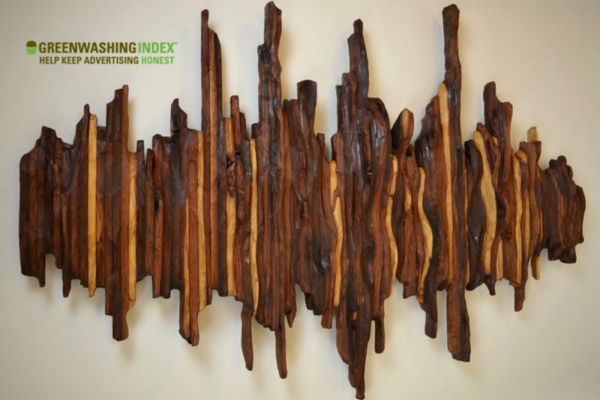
The possibilities for using recycled wood in homes, projects, and businesses are vast and inspiring. Turning old into new is not just good for our planet; it also adds charm and character to our spaces. Let me walk you through some creative ways people are using recycled wood:
By reimagining these old woods into new forms, we are not just making beautiful objects; we are taking part in green building practices and supporting sustainable forestry without cutting down more trees. Plus, this approach fits perfectly within what we call circular economy wood – this means that instead of throwing things away when they get old, we give them a new purpose.
Every time I use recycled wood in my projects or recommend it to others for their homes or businesses, I feel like I’m contributing to something bigger than myself: less waste going into landfills while preserving the environmental impact of our actions—it feels good!
Don’t underestimate the potential locked within each weathered plank or beam—wood recycling opens up realms where both beauty and sustainability thrive hand in hand.
Also Read: DIY Face Masks: Your Guide to Eco-Friendly Creations
As I explore the world of wood recycling, it’s clear that some woods just don’t fit in the circle. But this doesn’t mean they should be thrown away carelessly. How you say goodbye to these non-recyclable pieces is crucial for our planet.
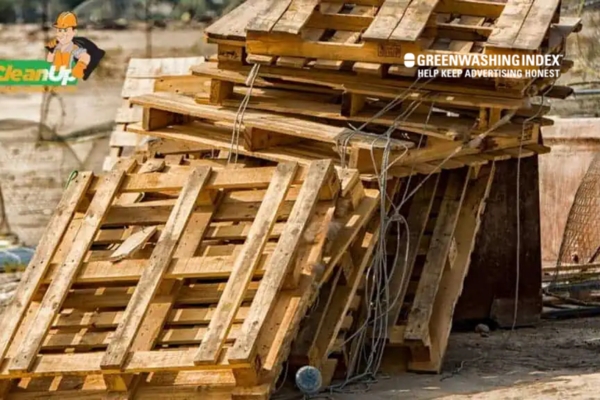
When we think about wood recycling, we often imagine all types of wood being reborn into something new. Sadly, that’s not always possible. Here are some types of wood that can’t find their way back through standard recycling methods:
Knowing what can and cannot enter the world of recycled materials helps us better manage our resources and protect our planet.
Getting rid of non-recyclable woods demands thoughtfulness towards our environment. Here’s how you can do your part:
Even in farewell moments when recycling isn’t an option — taking care ensures we don’t harm nature more than necessary!
You might be surprised to find that old wood can turn into new things like picture frames, park benches, and even stylish bags or accessories. It’s amazing what can come from something we used to think was just scrap.
Yes, it can. Wood treated with chemicals or painted could harm those handling it and the environment if not dealt with properly. It’s important to check and clean wood before recycling it.
Definitely! Look for labels like the Forest Stewardship Council (FSC) Recycled label. This means the product is made of post-consumer or post-industrial reclaimed material and follows certain environmental standards.
Wood recycling is a shining beacon for sustainable living. It’s not just about reducing waste; it’s about embracing a philosophy that respects our natural resources and seeks harmony with the environment.
As I’ve discussed, the journey of wood from being discarded to finding new life in different forms is fascinating and crucial for a greener future. By supporting eco-friendly materials like recycled wood, we’re contributing to healthier forests and reducing our environmental impact.
Understanding what kinds of wood can be recycled, how they are processed, and their creative uses helps us appreciate the circular economy wood stands for. Moreover, learning to dispose of non-recyclable woods responsibly ensures that we leave no stone unturned in our quest for sustainability. So whether you’re knee-deep in green building practices or looking to start, remember: every piece of wood has a story; make sure it’s one that lasts.
